One of the most famous ceremonies in the world, the Japanese tea ceremony, called chanoyu or chado (“The Way of Tea”), is a complex ritual rich with meaning and tradition. The ceremony was first catalogued by Sen no Rikyu, a 16th-century tea master who is considered to have had the most profound influence on The Way of Tea.
A Tradition Steeped in History
While tea was introduced to Japan in the 8th century from China, it wasn’t until the 15th century that tea drinking began to take on a new level of distinction when the first tea room was created in Kyoto. Tea was transformed into a religion of aestheticism-teaism, or worship of the beautiful that includes purity, harmony and mutual tolerance. For the samurai, serving tea with full awareness provided physical and spiritual fulfillment to both the giver and the receiver.

The Ceremony
There are two categories of tea ceremonies: the chakai, an informal gathering, and the chaji, a formal gathering. A chakai includes confections, thin tea and a light meal. A chaji includes a full-course kaiseki meal followed by confections, thick tea and thin tea. The ceremony can last up to four hours.

Tea ceremonies are traditionally held in a tea room with tatami mats on the floor. The room is simple and rustic, with a minimal flower arrangement and hanging scroll. The entrance is generally kept low so that as guests enter, they must bend over, symbolizing humility. After having washed their hands and faces, guests sit in the seiza, or kneeling, position on the tatami floor, and they bow once again while taking time to admire the decorations. The formal tea ceremony is full of ritual!

The host will then prepare the tea in front of the guests. The equipment includes:
- The chawan, or tea bowl. Different sizes and styles are used for thick and thin tea as well as for different seasons. It is not unusual for bowls to be named by their creators or owners.
- The chakin, a small cloth used to wipe the tea bowl.
- The chaki, or tea caddy, a small lidded container used to hold the matcha powder.
- The chashaku, or tea scoop which is generally carved from a single piece of bamboo.
- The chasen, or tea whisk, used to mix the powdered tea with hot water.
Each piece of equipment is selected with care and has a specific placement. In addition, if the tea selected is sencha, a type of Japanese steamed tea, then a brewing method called senchado is used. Senchado requires a kyusu teapot with a round shape to allow the leaves to expand, a kyusu leaf holder, and a yuzamashi, or water cooler that holds cool water that wakes up the leaves. Sencha is steeped at a slightly cooler temperature than other green teas, and senchado is another special ritual that can be part of a Japanese tea ceremony.
Once the tea is prepared, the host will place the tea bowl on the mat in front of the first guest. Like everything about a formal tea ceremony, the drinking of the tea is a choreographed event:
The tea bowl is picked up with the guest’s right hand and placed in the left palm.
- The bowl is then turned clockwise by 90 degrees so that the front is facing away.
- The bowl is raised to the guest’s forehead and then lowered.
- The guest takes a few sips, bows and compliments the host on the tea.
- The guest now wipes the rim of the bowl with the cloth and passes it to the next guest, who will repeat the procedure.
Once everyone has had tea, the guests are given the opportunity to admire the bowl, some of which are extremely old – even hundreds of years – and quite valuable. At the completion of the ceremony, the host kneels and bows at the door as the guests leave the tea room.
From my personal experience, I can tell you that a proper Japanese tea ceremony is something fragile and serene, experiencing a proper Japanese tea ceremony. The room is quiet except for the rustling of your host’s kimono, the muffled roar of the water as it’s brought up to temperature in the cast iron pot, the clink of the bamboo scoop being rung on the edge of the bowl, and lastly the soft whisking noise as the verdant brew is prepared. Such culture is rare to experience that you might hesitate to break the spell. Accept the tea graciously and bow. Enjoy the fruits of your host’s labor, all of their attention to detail, from the folding of the napkins to how they hold the bowl. Appreciate the work it took to make the tea, both in the fields and in the room before you. Inhale it’s deeply vegetal aroma and drink from it. And lastly, honor your host by tipping your head back for the last drops, and slurp the foam to show your enthusiasm and appreciation.
Tea ceremony rituals can vary from season to season. There are also different tea schools where people study for months or years to learn the intricacies and history of these rituals. Schools can differ as to how the rituals are conducted and taught.

Make Your Own Japanese Tea Ceremony
You don’t have to travel to Kyoto to enjoy a wonderful cup of Japanese tea and experience your own chado. By simplifying the ceremony, you can still enjoy its beauty and Zen-like peace in your own home. Invite two or three friends over to enjoy a special cup of Harney Matcha Senjunomukashi as well as an essential matcha set (bowl, whisk and scoop). Watch this short video to see the basics of a tea ceremony and get your Way of Tea on, your way. Kimono optional (but so much more fun!).
Have you participated in a traditional Japanese tea ceremony? If so, we’d love to hear about it! Share your experience in the comment section below. You can also learn more about all things Japan + tea on our Japanese Tea Region blog post.
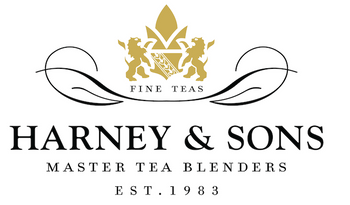

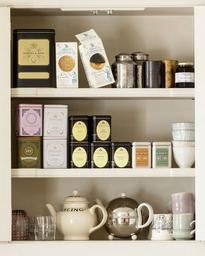
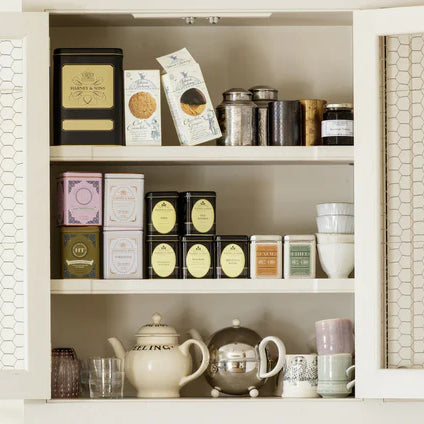
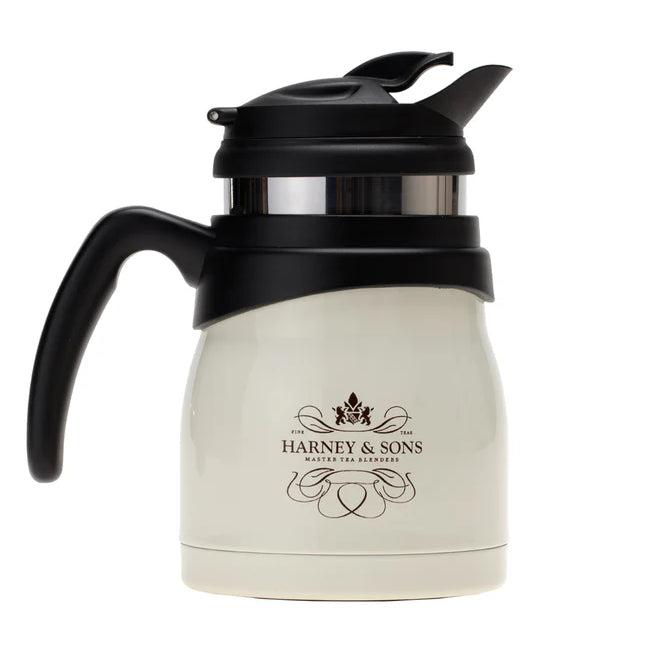
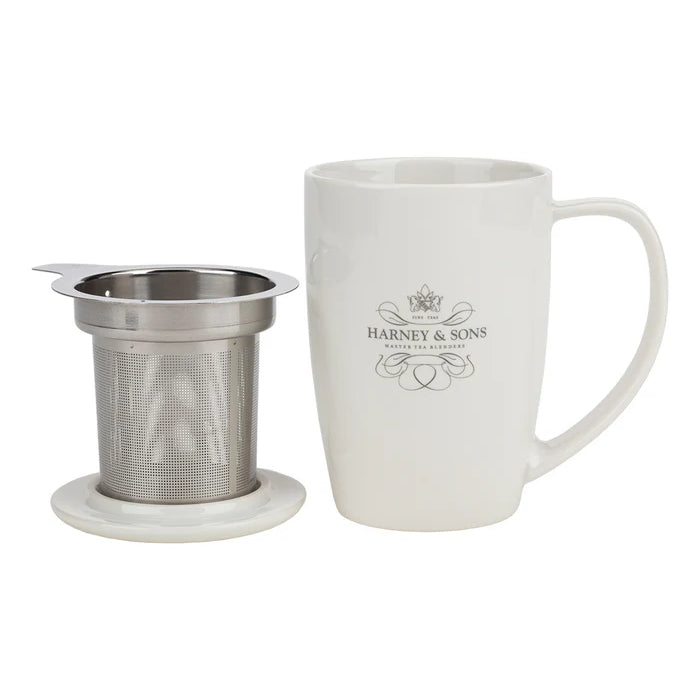
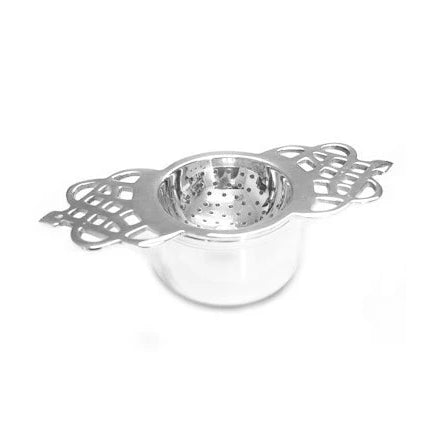
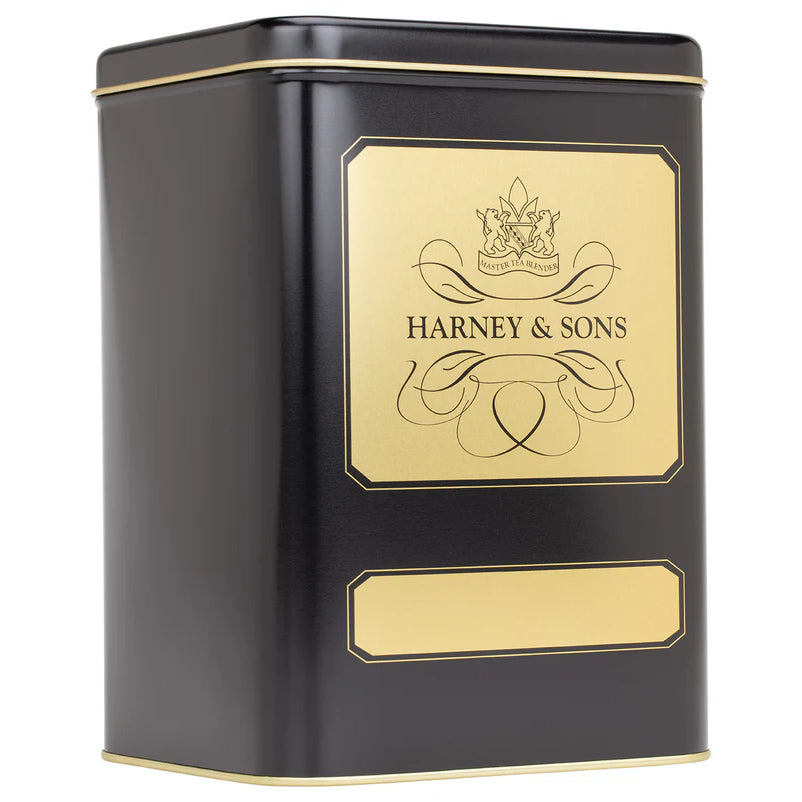
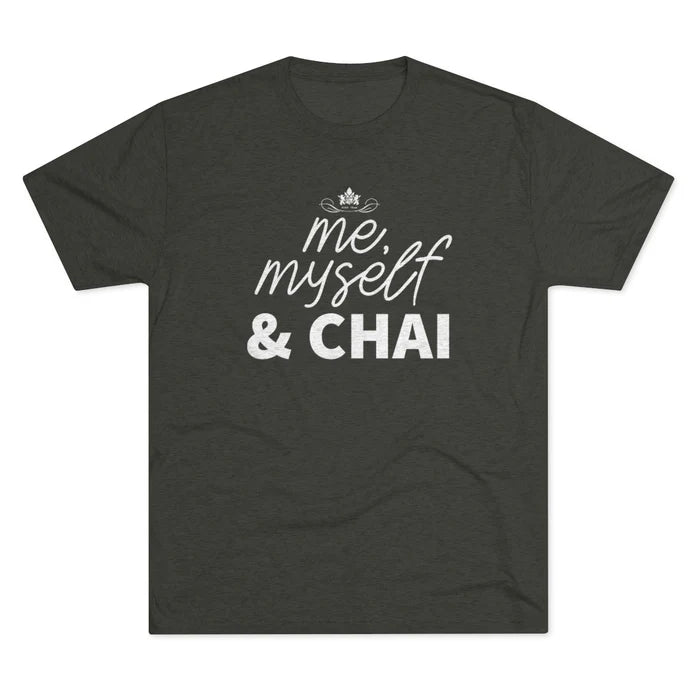

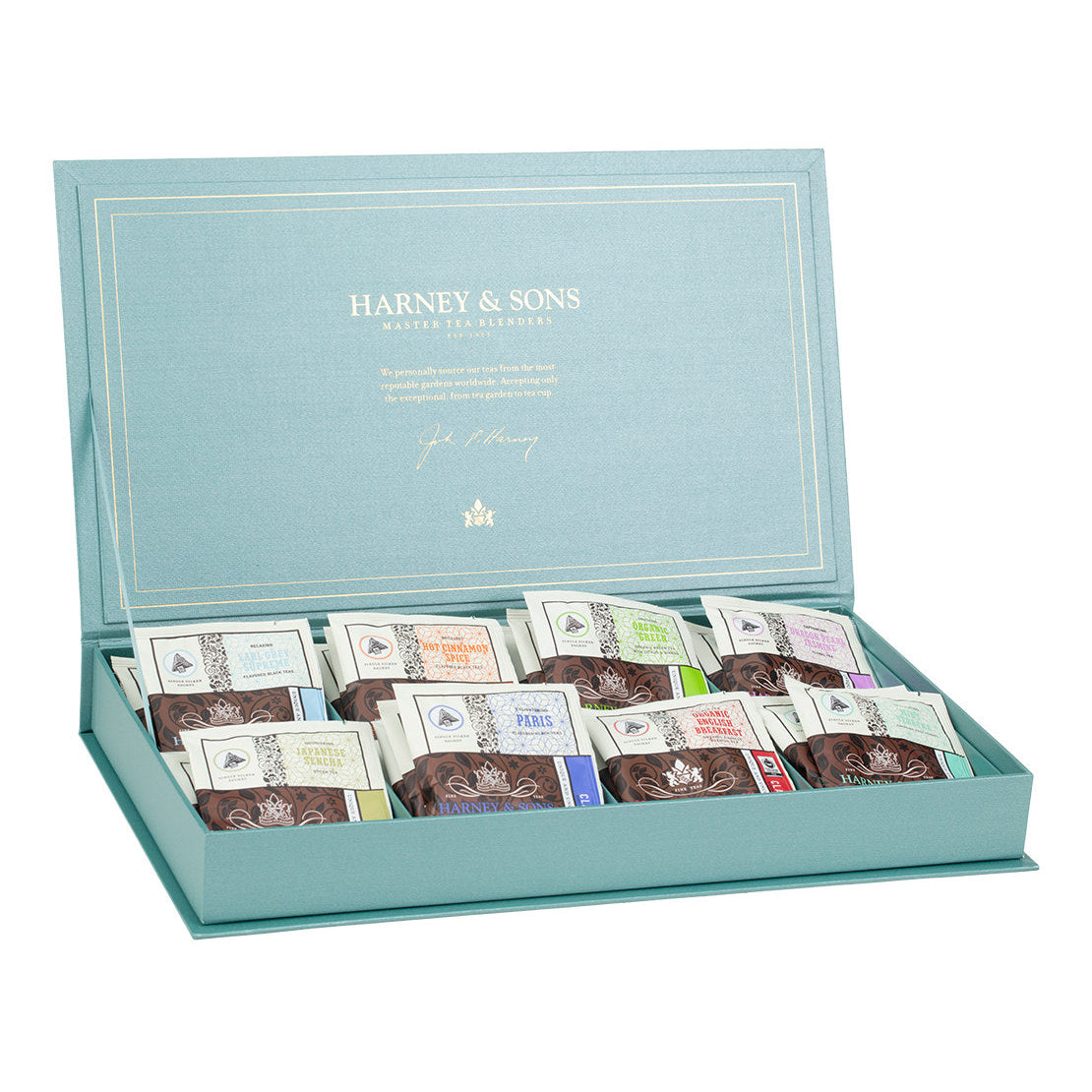
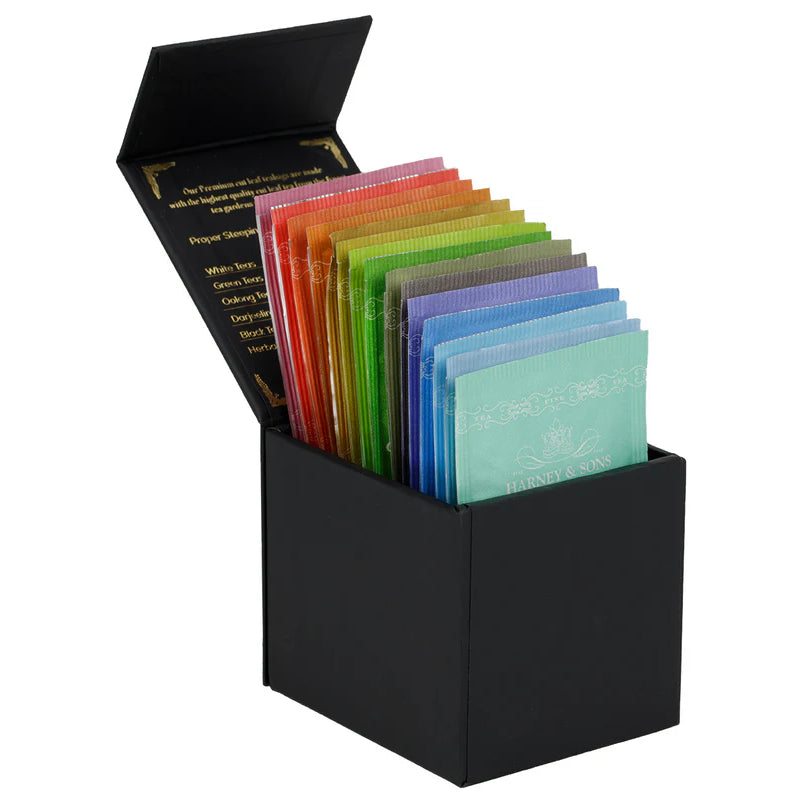

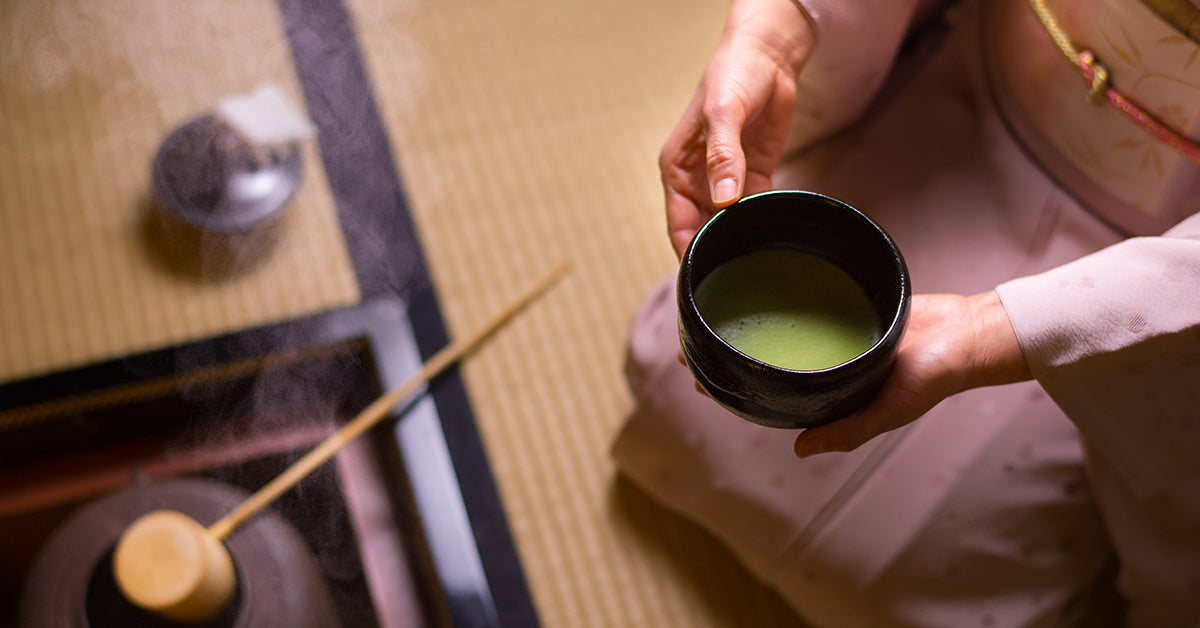
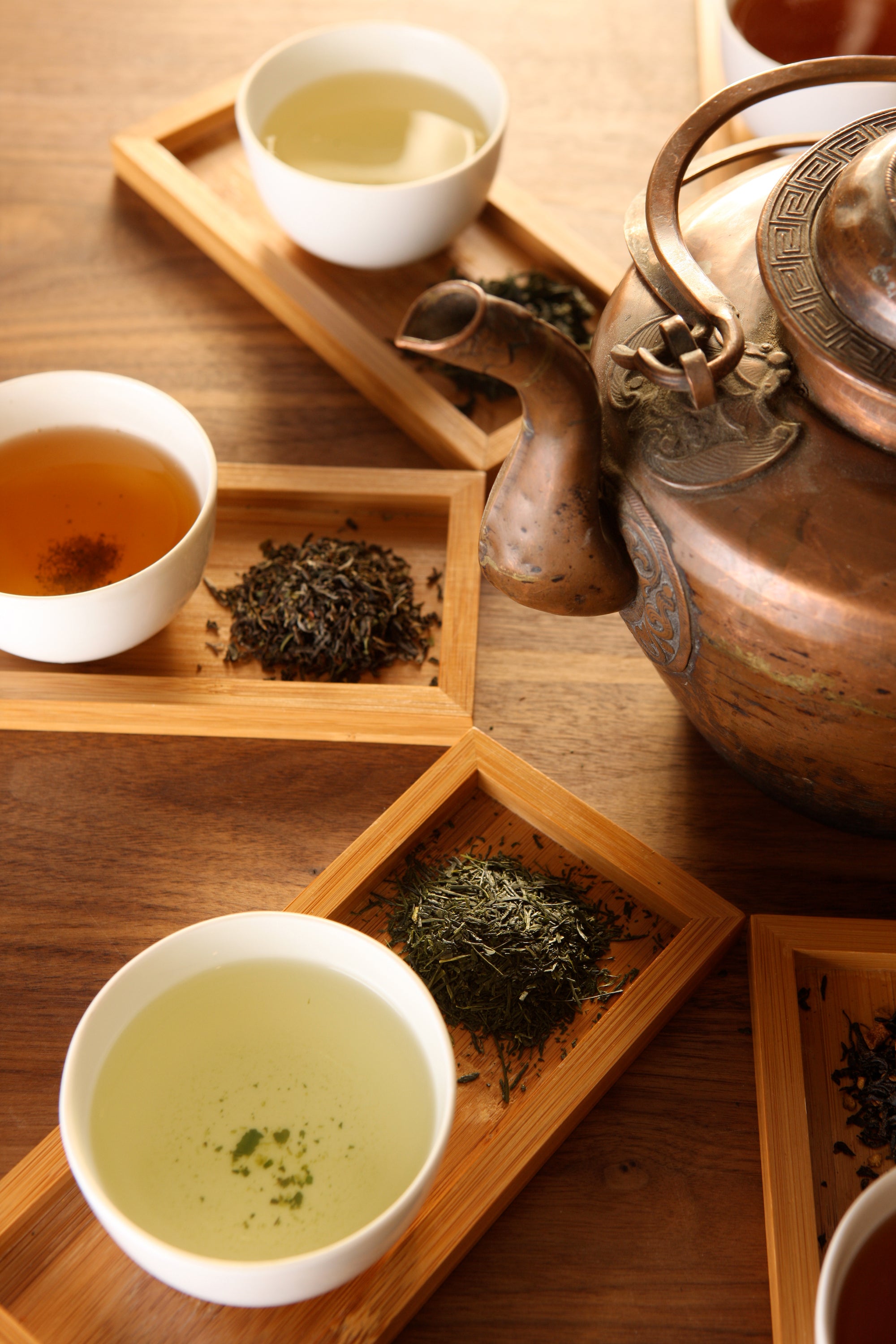
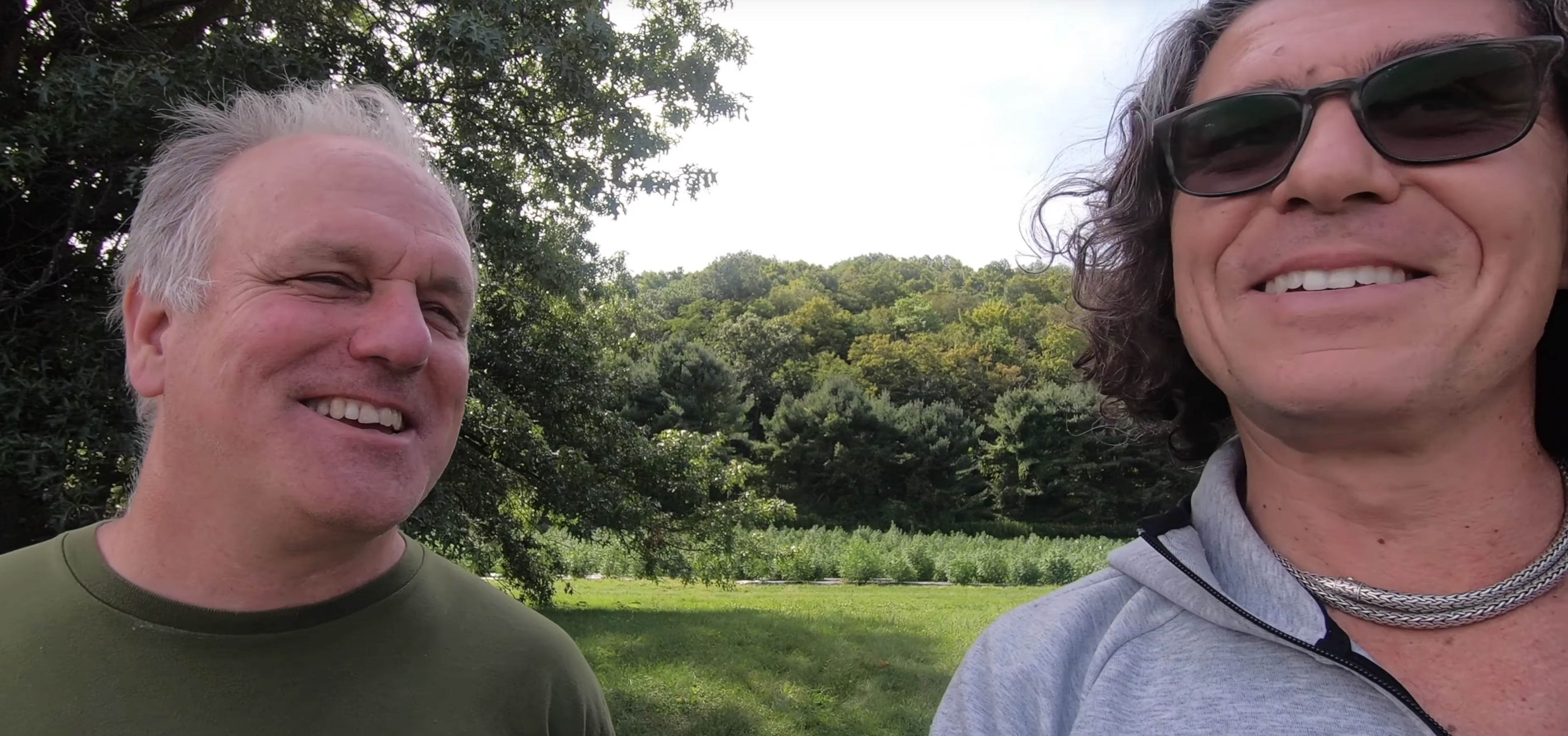
3 comments
Louise
The powdered tea is used to prepare both thick tea and thin tea. The amount of water and way of mixing (stirring with the whisk and a small amount of water for thick tea, whisking briskly with more water for thin tea) make the difference. But the bowl of thin tea should not be filled to the brim as shown in the video! About 1/2 cup of water at most, for an amount of tea to be drunk quickly in a few sips.
The powdered tea is used to prepare both thick tea and thin tea. The amount of water and way of mixing (stirring with the whisk and a small amount of water for thick tea, whisking briskly with more water for thin tea) make the difference. But the bowl of thin tea should not be filled to the brim as shown in the video! About 1/2 cup of water at most, for an amount of tea to be drunk quickly in a few sips.
Terry Yoshida Sherwin
Your tea commentary about CHADO is excellent.
Your tea commentary about CHADO is excellent.
Patti
I had no idea there was thin & thick tea. However, not sure if the powdered tea is considered the thick?
I had no idea there was thin & thick tea. However, not sure if the powdered tea is considered the thick?